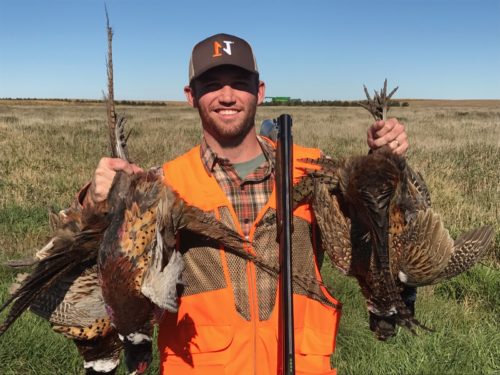Hunting for pheasants is one of the most popular forms of hunting in North America and each year hunters and their trusty four-legged hunting companions head out to prairies, farm fields, fence lines, and other pheasant-inhabited areas in search of them.
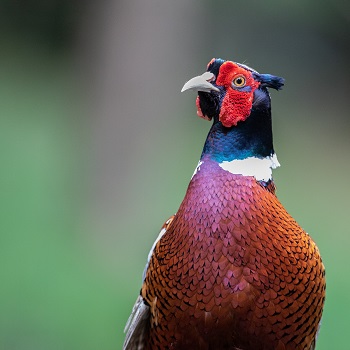
The pheasant is a magnificent bird that provides a relaxing, yet exhilarating hunting experience.
If pheasant hunting is something you want to experience in the outdoors, this article will help steer you in the right direction.
- Shotgun Selection
- Do I need a dog for pheasant hunting?
- Where to hunt pheasants
- Take it slow
- Silence is key
- When to hunt pheasant
- If it’s cold…
Shotgun Selection
For decades the preferred choice for a shotgun in pheasant hunting is the trusty old 12-gauge. But, you can also hunt pheasants using a 20-gauge shotgun as well and it will do the job.
But, for many hunters, it’s hard to beat the reliable killing power of a 12-gauge. The extra shot, along with the increased range, is worth the small increase in recoil and weight.
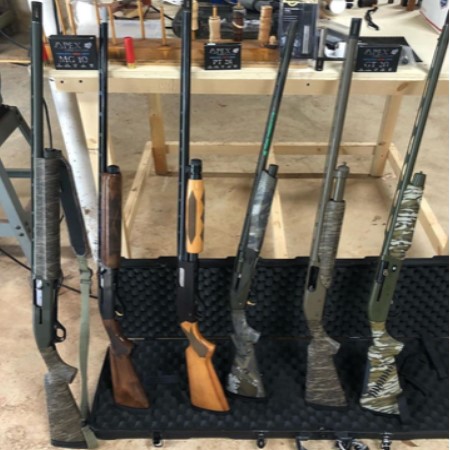
There is not single right answer when it comes to which shotgun to use for pheasant hunting, but it’s hard to beat the range and killing power of the12-gauge.
Shot Size
Shot size is pretty important in pheasant hunting. If you use shot that’s too small, you’re probably going to end up wounding birds and never finding them. As most hunters know, this is not the ethical way to hunt.
If your shot is too large, you might miss the bird due to small shot quantity. Or, you might end up doing too much damage to the bird.
A good shot size is going to be #5 shot, as it’s the best all-around size for birds like pheasant.
-

N1 Outdoors® Angry Arrow™ Tee
$24.99 – $28.99 Select options This product has multiple variants. The options may be chosen on the product page -
Sale!
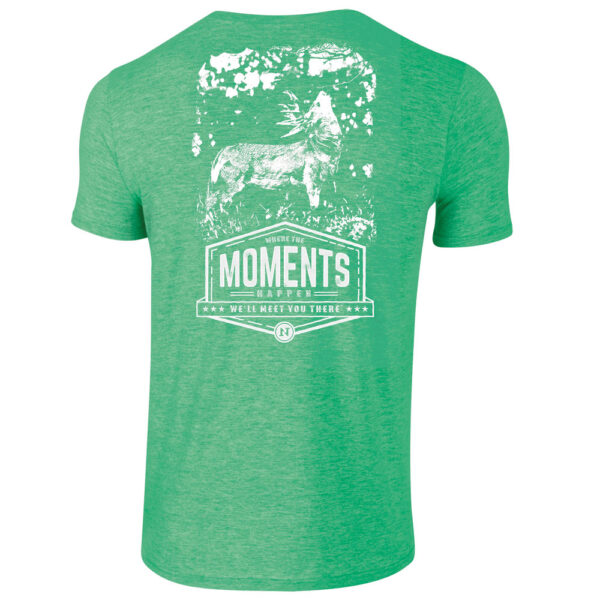
N1 Outdoors® N1 Moments™ Licking Branch Buck SS Tee
$5.00 Select options This product has multiple variants. The options may be chosen on the product page -
Sale!
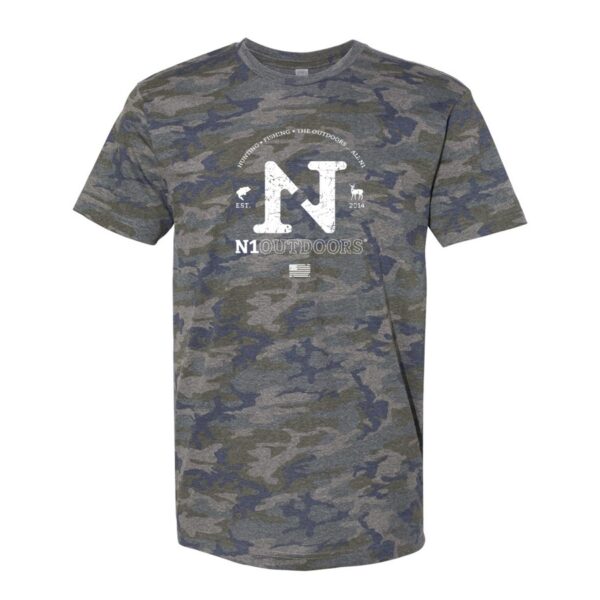
N1 Outdoors® Est. 2014 Vintage Camo USA Tee
$15.00 Select options This product has multiple variants. The options may be chosen on the product page
Do I Need a Trained Dog to pheasant hunt?
If you are new to bird hunting of any type, whether it’s waterfowl, ruffed grouse, or in this case pheasant, chances are you don’t have a trained bird dog at home, as this is something only the hardcore bird hunter will typically have.
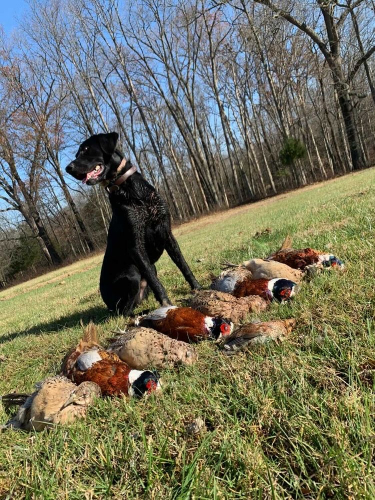
A good bird dog is hard to beat, but is not a necessity for hunting pheasants. Focus on hunting smaller areas where finding birds won’t be as tedious.
The short answer is no, you don’t need a dog to hunt pheasant.
While trained hunting dogs do make a huge difference in not only locating and flushing birds, but also in finding downed birds in tall grass, you can get away without one.
While it’s a great feeling to find your dog has located a pheasant, if you’re hunting alone without a dog, simply pick smaller areas to hunt if at all possible, so that the search for hiding birds doesn’t seem like hunting needles in a haystack.
Hunting fence lines, small patches of tall grass, and other small localized and isolated areas should be your target.
If you have friends interested in hunting birds, by all means bring them with you. More people in the field will mean more contacted birds due to being able to cover a large area.
Hunt The Edges
Pheasants can be compared to other wild animals like deer when it comes to daily movement and feeding. Many hunters walk through large tracts of land in search of pheasants, but many might overlook areas like fence lines and ditches.
Think of these areas as natural highways for all sorts of different wildlife, particularly those that are constantly on the lookout for predators like wolves, coyotes, foxes or one of the pheasants’ greatest predators, hawks.
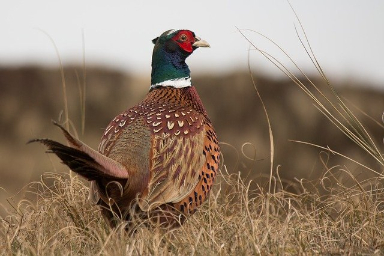
Pheasants will travel during the day seeking food and cover, so don’t overlook areas like ditches, fence lines, and transition areas.
Edges provide concealment as pheasants travel around during the day or night. Pheasants travel quite a bit throughout a day in search of food and sanctuary, and many of the fence lines, ditches, and tree lines can be transition areas, or areas that lead from food to shelter and keep them relatively safe from predators (or so they hope).
-

N1 Outdoors® FISH. Marsh Camo Leather Patch Trucker Hat
$29.99 Select options This product has multiple variants. The options may be chosen on the product page -

N1 Outdoors® CAMP. Leather Patch Trucker Hat
$29.99 Select options This product has multiple variants. The options may be chosen on the product page -

N1 Outdoors® Flagship TriBlock Leather Patch Hat (Kelly Green)
$29.99 Select options This product has multiple variants. The options may be chosen on the product page
When It’s Hot
When the weather is hot and dry, pheasants will often gravitate toward areas with plenty of water. So, don’t neglect areas with streams and ponds.
Even areas that have irrigation ditches, pump houses, containers for feeding livestock, and other water producing locations could hold birds.
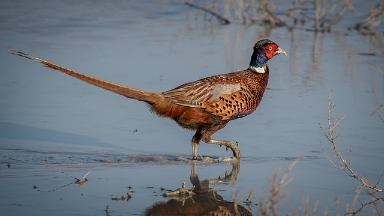
Pheasants get thirsty too! So, be sure to check areas that hold or provide any type of water.
Go Slow
Long-tailed roosters don’t get that way by being stupid. You can rest assured that they have seen a thing or two in their day, and have had more than a few brushes with death. So, when you get out there and start hunting, it’s important to remember to take your time and go slowly.
Many hunters walk around haphazardly and quickly through an area until they stumble into a bird, but in doing so they miss opportunities to get the wise ones.
Go slowly, using a zig-zagging pattern to really pick apart the areas that you are hunting. You will find that you will not only encounter more birds overall, but you will find the old and wise trophy birds as well.
Make sure you pause regularly. Many times there are birds near you that won’t flush as you walk by. By pausing, you can make that bird nervous and question its hide or fly response and send them skywards.
Be Silent
You might not think of pheasant hunting like you would if you were hunting other animals like deer or large game.
In those scenarios you would do your utmost to avoid slamming your truck door or step on a twig, or make any unwanted noise. However, this type of stealthy hunting also applies to hunting upland birds like pheasants.
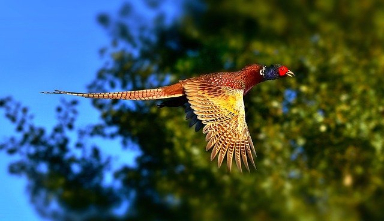
When hunting areas that typically have heavier hunting pressure, pheasants will likely flush much sooner if they hear unnatural noises. So, be as quiet as possible.
Strange and loud noises will cause pheasants to hunker down or head for thicker areas and vegetation long before you reach them. They will do this whenever they feel threatened by things like four-wheeler noises, coughing, talking, or any other “unnatural” noises.
Noise is definitely something to keep in mind when you’re in areas that get heavy hunting pressure, as the pheasants that have seen such pressure will flush much sooner and at a greater distance, causing many missed opportunities.
Best Times to Hunt Pheasant (It’s Fine If You Sleep In)
While there’s hunting pheasants early in the morning can certainly be productive, hunting in the afternoon and evening can be some of the best times to be out.
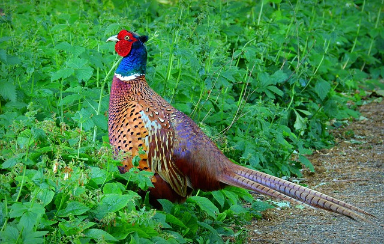
Areas near food sources can be a great evening spot for pheasant hunting.
You late risers will be happy to know that many birds will move out into the open areas to feed after spending the day in cover, which means that you can find them fairly easily, especially the last hour of shooting light.
Grassy patches adjacent to food sources like corn fields are a great place to hunt in the evenings.
Hunt When It’s Cold Out
The weekend warrior type of hunter might be putting their guns away for the season when some of the best hunting has yet to start.
If you’re willing to brave the frigid air and flying snow, late season can be some of the best pheasant hunting you will find all year.
A great place to hunt in the late fall and winter is around lakes, ponds, or marshy areas that have cattails on the shorelines.
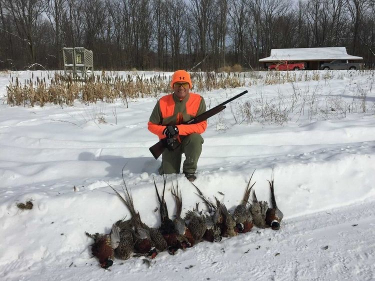
The late season, although cold, can provide some excellent pheasant hunting, as wet areas freeze and allow for greater access.
In the early parts of the season, these areas are typically flooded with water and not inhabited by pheasants. And, even if they were, you wouldn’t want to trudge around in that wet and mucky stuff.
This means these areas receive little to no hunting pressure, because most people aren’t out hunting, and if they are, they usually overlook these areas as they have earlier in the year.
In the winter the water freezes into ice, allowing you to walk through these cattails and hunt untouched areas.
Best Places to Hunt Pheasant
All of the other tips and tricks we have covered help improve your pheasant hunting experience in their own ways, but at the end of the day, your hunting location plays the biggest role in whether you have a successful hunt. A hunter can know every trick in the book, but there’s very little you can do if there are no pheasants to shoot.
There are pheasant hunting opportunities in most US states, but there are really 5-10 states that take the cake when it comes to quality pheasant hunting. These states all have their perks, such as Kansas pheasant hunts, that offer more favorable game limits, as they have higher population figures, and then states like Idaho, which has game, but far superior views.
Which state is right for you depends on what you are looking to get out of your hunt, so it is important to really consider which are the best pheasant hunting states for you.
Pheasant Hunting Tips Conclusion
Upland bird hunting, whether it be pheasants, ruffed grouse, or other birds, can be a relaxing and therapeutic experience. Some who take up pheasant hunting never want to do anything else!
Now that you have some pheasant hunting tips you can use… get out there and see if pheasant hunting is for you. You might just find it’s the only thing you want to do!
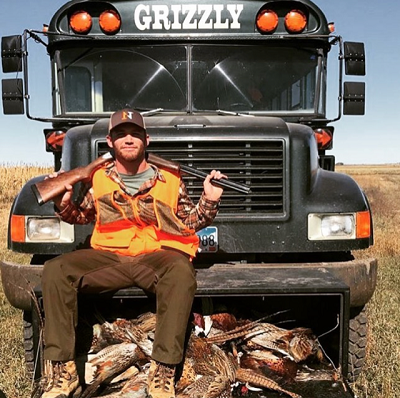
You just might find that hunting pheasants is one of the most relaxing and gratifying types of hunting you’ve ever done!

